G
Graham Smith
Guest
I found this on the Club's Facebook page.
I thought some on our forum website might find it interesting.
Advice needed. I have a JMC Egli. Fontana rear hub. On Sunday the rear wheel studs snapped.
I can't comment on whether they worked loose and snapped or the lack of cush drive caused it.
Either way I need to sort this out.
Can anyone give me some insight on to how to sort this out so it doesn't happen again.
I have the skills to repair it just not sure whether to stick with the rigid mount or adapt some cush bushes into the sprocket on studs fitted to the hub.
My main concern with doing this is I will lose my Speedo drive.
Has anyone out there had this happen to their bike?
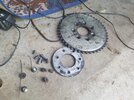
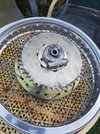
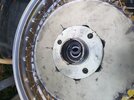
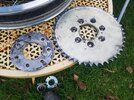
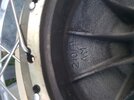
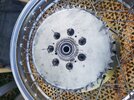
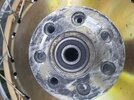
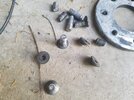
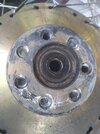
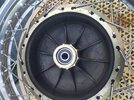
I thought some on our forum website might find it interesting.
Advice needed. I have a JMC Egli. Fontana rear hub. On Sunday the rear wheel studs snapped.
I can't comment on whether they worked loose and snapped or the lack of cush drive caused it.
Either way I need to sort this out.
Can anyone give me some insight on to how to sort this out so it doesn't happen again.
I have the skills to repair it just not sure whether to stick with the rigid mount or adapt some cush bushes into the sprocket on studs fitted to the hub.
My main concern with doing this is I will lose my Speedo drive.
Has anyone out there had this happen to their bike?










